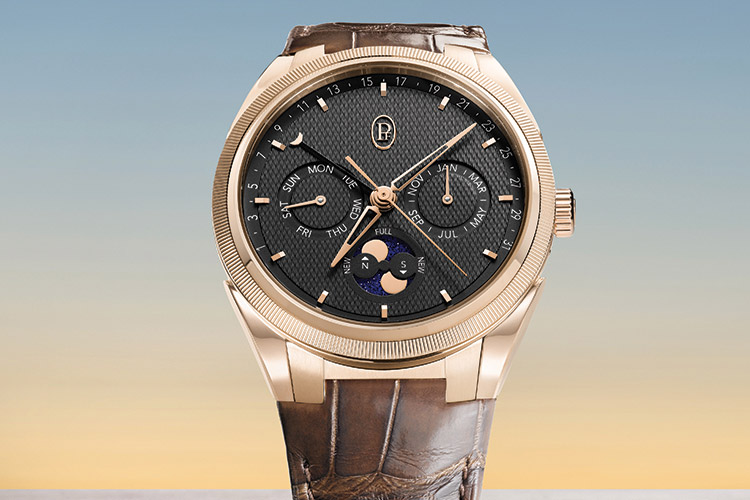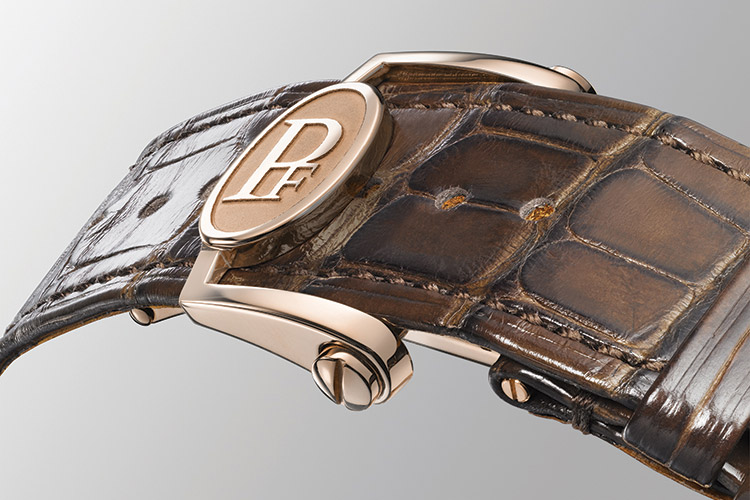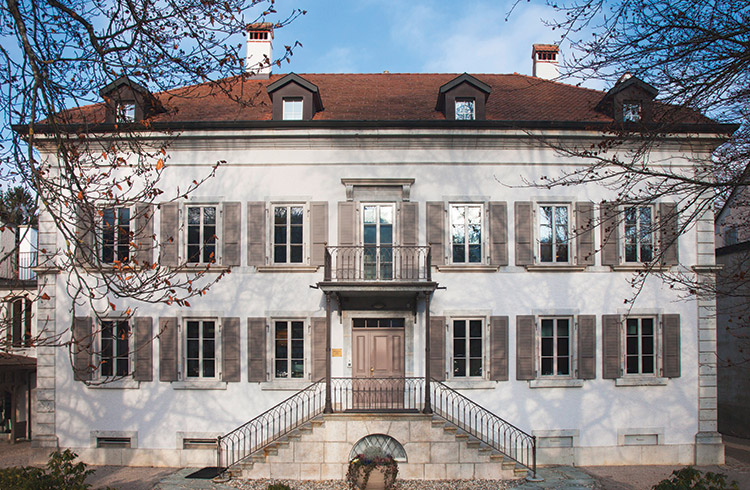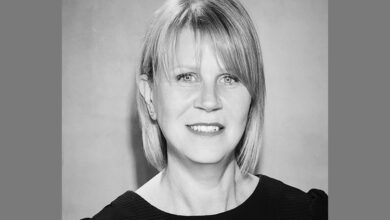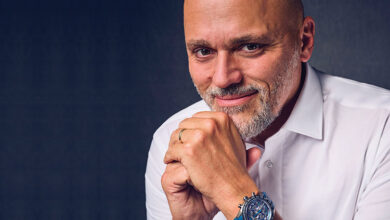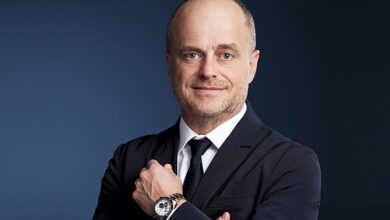Parmigiani Fleurier: On a trajectory to success
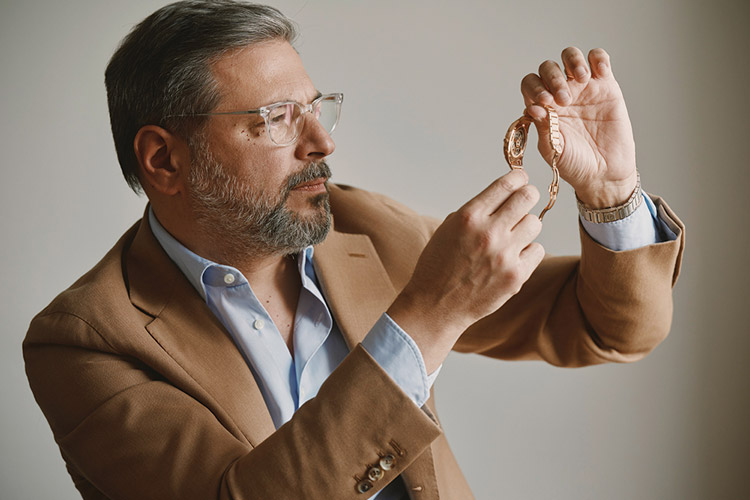
As a manufacture that grew from a watchmaker’s passion for restoring antique timepieces, Parmigiani Fleurier was – right from its inception in 1996 – a horlogerie to be reckoned with. Michel Parmigiani had earlier, in 1976, opened “Mesure et Art du Temps,” a traditional workshop devoted to restoring antique timepieces. Nearly two years ago, Guido Terreni, former president of Bulgari’s watch division, took over as CEO of Parmigiani Fleurier. “Day & Night” magazine spoke to him on the side lines of the GPHG 2022
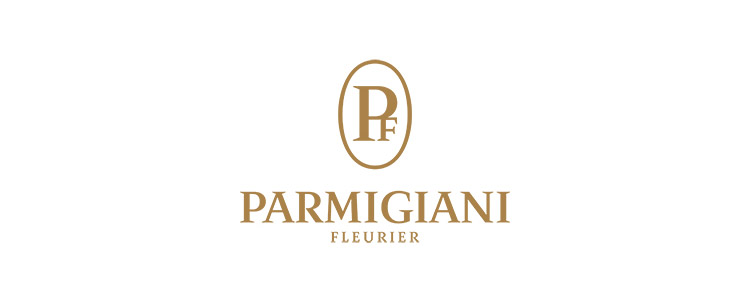
Can you first tell us how your relationship with Parmigiani Fleurier begin?
I first came across Parmigiani Fleurier in 2000, when I entered the industry in my previous position. We had a limited edition that was housing a Parmigiani movement, and that was only four years after the brand was born. I was shocked by the fact that such a young brand was so prestigious. When the brand invited me for this position, we discussed it for more than 2 months; I already knew the brand from the outside and also as a supplier because, in the early days, they were supplying Bvlgari complications. I started working with them from January 2021. It was a natural selection process that began in a classic manner.
How did you feel initially about the brand as it has an old-world, classic vibe to it?
During our initial meetings with the foundation, they realised that I understood the ethos of the brand. I wanted to maintain its prestige but also make it more interesting – both from the aesthetic point of view and the marketing one. When the brand was born in the 1990s, the world was different. Luxury was more formal, institutional; now it is much more informal, still elegant but now you need to have a freshness in your offerings.
The fact is that Parmigiani enjoys a lot of prestige and has the ability to manufacture all its components in-house, but we needed to refresh the brand imagery. We have done that with the Tonda PF, because we wanted to tap into the aesthetic roots of the brand. We didn’t invent anything; we re-used the codes of the brand in a way that is interesting to the clients who made the brand prestigious 25 years ago. I asked myself how would that client be today? What would he be wearing? And the response was the Tonda PF. It was an aesthetic exercise re-focusing the brand’s core horology, with a client who is understated, refined and subtle – someone not loud or ostentatious. That is our client.
You changed the logo from Parmigiani Fleurier to PF; how hard was it for the family to accept the change?
The Sandoz Foundation reposes a lot of trust in me; they don’t interfere in what I am doing, from an aesthetic point of view. Michel Parmigiani is an honorary president of the company; it is important for me that he is around so that I can understand his values and the values of the brand. The PF logo is Parmigiani Fleurier refreshed – with a new style but with the same ingredients of the brand. The fact that we took out the words ‘Parmigiani Fleurier’, but we use the ‘PF’ seal that Michel designed 26 years ago makes it very relevant to the brand. All these elements come together in a subtle, refined style, and Michel understood that when he saw it and he said that he loved it.
From now on, will all Parmigiani watches have the ‘PF’ logo, rather than the words ‘Parmigiani Fleurier’?
Yes, there will be a consistency across the style of the brand. We are evolving; it is a work-in-progress and will take time. We have to first establish the Tonda PF as an iconic watch; it is already responsible for two-thirds of our revenue, therefore, it is very important for us. The Tonda GT is something that complements the PF as it is a more sportier version, with its trendier colours. In the future, the brand can be much more than a sports-chic collection. It can be something more dressy, more high-end, with complications. I see many possibilities for evolving but we will proceed a bit slowly as the clients also have to understand our journey. If we make too many changes, that can cause confusion. We have to set the tone and the style, which is the Tonda PF and then refine the rest.
Were you surprised by the overnight success of the Tonda PF GMT?
I was surprised by all the reactions that the brand evoked because when I started here, the brand was in a very bad shape and sales was not good. When the Tonda PF was unveiled one year ago, it was incredible how people who were savvy about watchmaking understood it immediately. The brand exploded in terms of desirability between January and April of this year. Today, our revenue has gone up by 5 times in comparison with last year. For me, this is incredible, coming as I do from a position where I was establishing legitimacy for a brand like Bvlgari, which took around 10-11 years of work. I know that shifting perceptions in watchmaking is a difficult task. The difference is that Parmigiani enjoyed a very prestigious position among watch-lovers, but our products did not match current tastes. When the brand was able to produce something that was in line with what the clients wanted, we were successful. It was not a re-positioning but a re-activation of the brand that happened literally overnight.
The Tonda PF Micro-Rotor has a waiting list of around 10-12 months, the GMT has a 12-month waiting list, while the Skeleton has a 14-month wait time. The response has been impressive and the waiting list was built within the matter of a few months, and this is creating a bit of stress in the deliveries. To speed up production at the pace of demand is impossible. This is difficult not only in terms of hiring and training people, but also because we do not have stock. We are assembling watches as fast as our supplies come in, but even if one part is missing, we cannot finish a watch. We are still in process of smoothening our production lines and this task is absorbing 90% of my time now.
What would be your ideal number in terms of production of watches for Parmigiani Fleurier?
That is difficult to say at this point. Parmigiani is a brand that needs to be exclusive; I don’t see it as a brand producing 50,000-60,000 watches, but somewhere in the range of perhaps between 5,000 and 15,000 would be easy to achieve. Around 5,000-10,000 would be normal, 15,000 would be in the upper range. I do not want to achieve desirability of the brand due to small numbers produced; I want our clients to wear our watches, but they have to give us the time to produce them. It takes one year to assemble a watch. The numbers that we are producing now were decided one year ago when the watch hit the market. It is very difficult to improve the quantity, but we will do it. We are doing it quite rapidly, but the number still remains a few thousand pieces a year.
